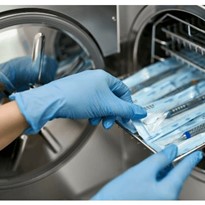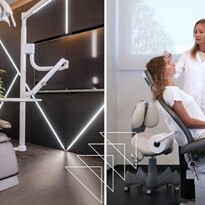Digital technology has and continues to open doors in dentistry, with intraoral scanning being a prime example of this. Digital intraoral scanners have revolutionised the traditional method of obtaining a dental impression of your teeth. Let’s take a look at what intraoral scanning is, how it differs from traditional methods and why you should invest in it.
Digital Intraoral Scanning - What Is It?
An intraoral scanner is a device for creating digital impressions. They are completely touch-free, pleasant to use, and precise. Once the impressions have been taken, the 3D model of the patient’s teeth is automatically stored as digital data. The device captures thousands of images that are then processed through scanning software, formulating a 100% accurate representation of the teeth and gingiva.
How Does Intraoral Scanning Differ From Traditional Methods?
Conventionally, dental patients had to sit through the uncomfortable process of applying and having rubbery moulding material all over their teeth for as long as 20 minutes. This process sometimes caused patients to experience gagging and choking, all for a mould that would take even weeks to reach completion. This means patients often had to come in for follow-up visits.

Then we moved into two-dimensional radiography, which is a standard diagnostic tool in dental medicine. 2D dental imaging takes specific radiographic images, for example, panoramic radiographs (OPT), bitewing radiographs, and/or periapical images of diseased teeth and periodontia.
Today, digital dentistry diminishes almost all the downsides of taking moulds and old-fashioned x-rays. It reduces turnaround time extensively, having patients in and out in a few minutes. Intraoral scanning is done with an almost pen-like device that gathers an accurate 3D representation of a patient's mouth using a laser light.
How Could Intraoral Scanning Benefit Your Practice?
CAD/CAM Dentistry
CAD/CAM technology is used to create and construct dental rebuilds, dentures and veneers for example, using the digitally processed 3D scan.
Improved Diagnosis
The vastly improved quality of imaging capture significantly improves your ability to provide accurate diagnoses, which is great news for both your practice and your patients.
Patient Communication
Intraoral scanning enables your patients to comprehend more than just what you can tell them. They can see what has been captured and where you intend to go from here.
Simple To Use
The latest generation of dental intraoral cameras are lightweight, non-invasive, and simple to use.
These are but a few benefits that accompany intraoral scanning in digital dentistry, making it clear to see how we are moving forward in a positive way. Digital dentistry is creating pathways that were unimagined before and we are excited to see where technology will go from here. Hopefully this has been informative and is something you can apply to your practice.
To learn more about intraoral scanning in digital dentistry, get in touch with William Green.



















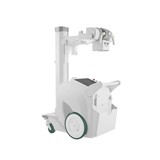

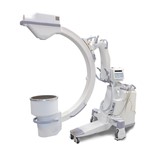

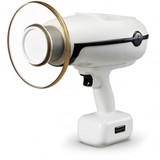
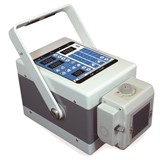
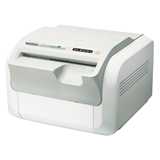
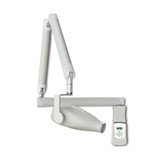

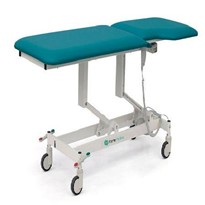



-205x205.jpg)




-205x205.jpg)


